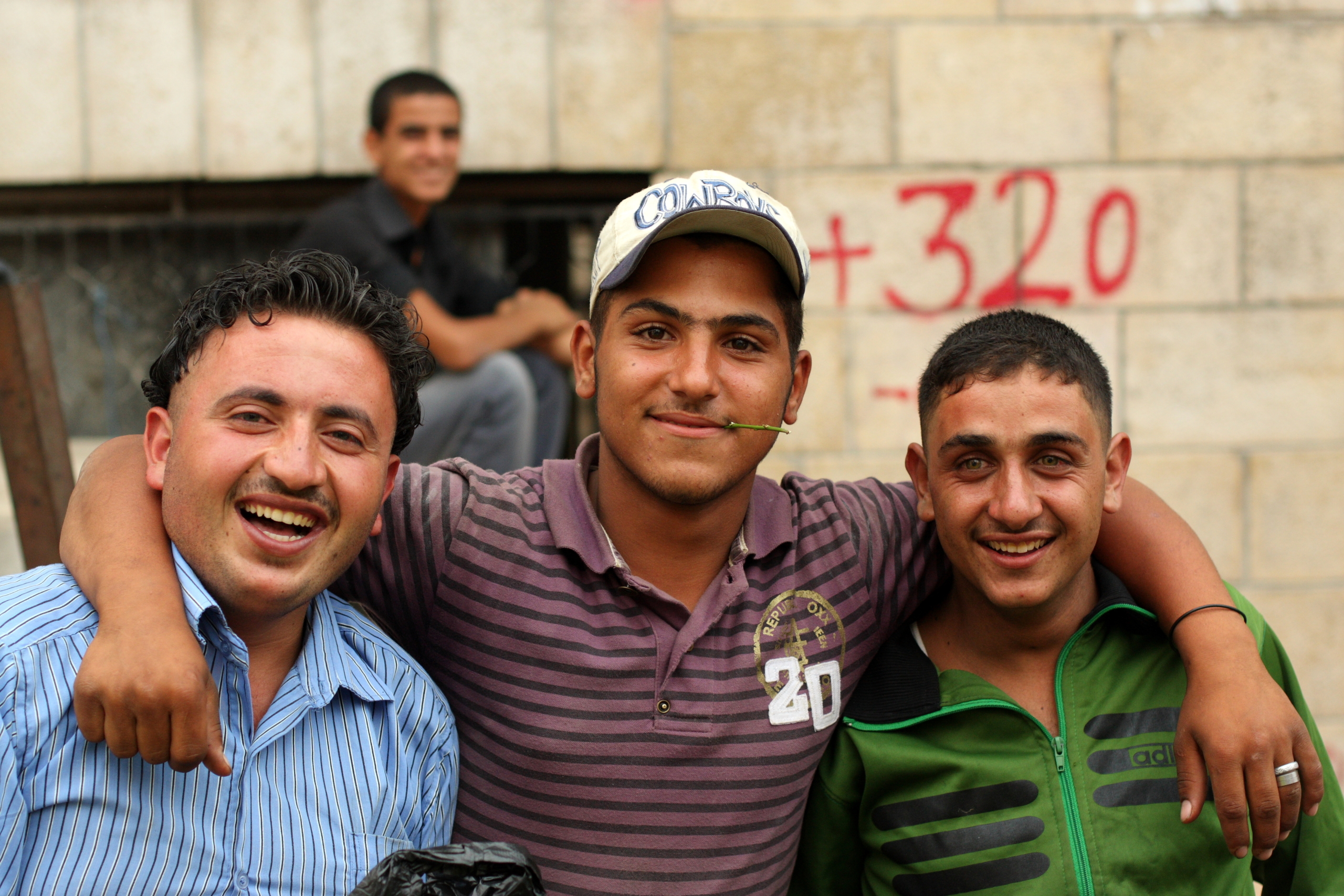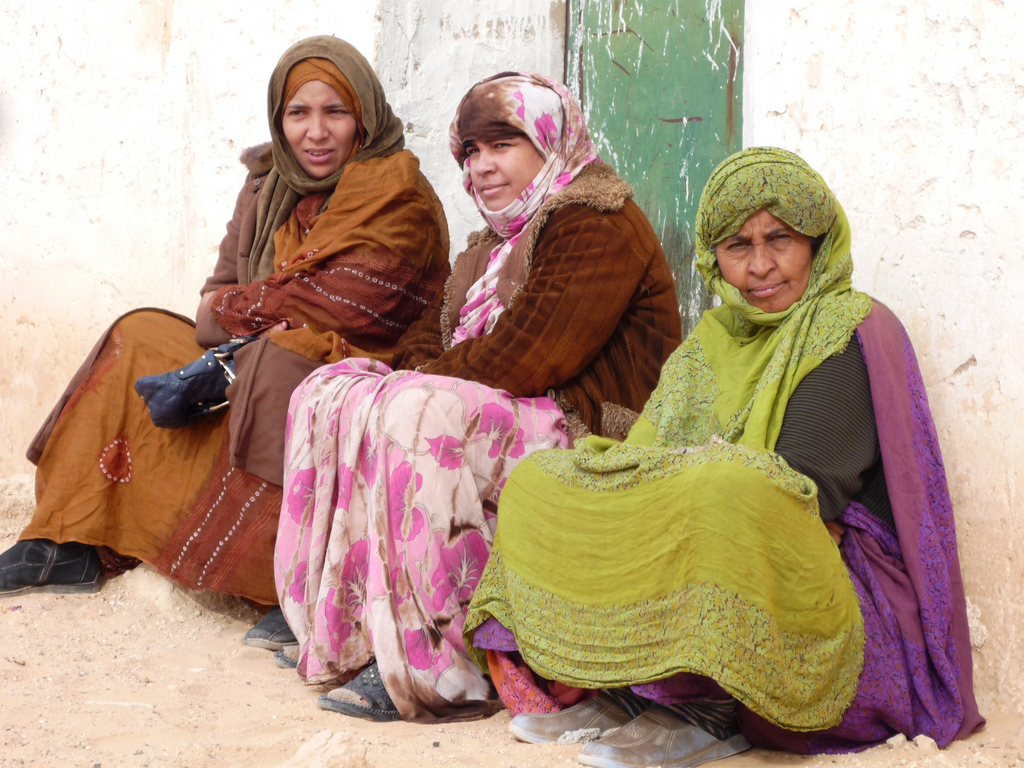 According to the World Food Programme (WFP), 14.4% of Egypt’s 106.7 million population face food insecurity. Egypt’s 21% stunting rate, which indicates the percentage of children too short for their age, indicates that malnutrition continues to be a national health concern. Between 2022 and 2024, a unique set of circumstances aggravated the issues in Egypt’s food system, which have been long present in the country. However, new plans that the Egyptian government presented indicate a possible way forward in 2025.
According to the World Food Programme (WFP), 14.4% of Egypt’s 106.7 million population face food insecurity. Egypt’s 21% stunting rate, which indicates the percentage of children too short for their age, indicates that malnutrition continues to be a national health concern. Between 2022 and 2024, a unique set of circumstances aggravated the issues in Egypt’s food system, which have been long present in the country. However, new plans that the Egyptian government presented indicate a possible way forward in 2025.
The Roots of Egypt’s Food Insecurity
Egypt’s agronomic issues are a major cause of its food insecurity. This food insecurity aggravates and is aggravated by its economic issues. Due to the growing threat of changing weather patterns, Egypt is experiencing chronic desertification and land degeneration. According to a United Nations report from November 2024, “around 100 million hectares…of healthy and productive land is being degraded each year due to drought and desertification.” This scale of land degeneration is especially critical in Egypt considering the already limited nature of its farmland. Only around 4% of Egypt’s land is fit for agriculture, with the rest of the country being deserted and secluded from its main irrigation method, the Nile.
The drought brought on by the changing climate, coupled with a growing population, also means that Egypt experiences severe water scarcity. Not only does this water scarcity impact its irrigation, and thus Egypt’s food system, but its poor irrigation methods also impact its water scarcity. The country already uses approximately 90% of the Nile water for its agricultural system, meaning only 10% is available as drinking water for its population. The low efficiency of these agricultural systems and the increasing demand for water means that since the 1970s, Egypt has had to import water and food to make up for its scarcity. This reliance on importing water and food presents a huge financial burden on the country and also makes it more vulnerable to external shifts.
Bread and Egypt’s Food Subsidies
Egypt’s reliance on imports has everything to do with its food subsidies. More than 60 of the 105 million citizens depend on Egypt’s subsidized food system for sugar, pasta, and most importantly, bread. Bread is the main source of subsidized nutrition for the large majority of Egypt’s population, which consumes double as much as the country can produce. With wheat being one of the most water-intensive crops and Egypt’s lack of water, the country has become the largest importer of wheat in the world.
This presented a problem for Egypt in February of 2022, when the world’s largest exporter of wheat, Russia, declared war on Ukraine, the world’s fifth largest exporter of wheat. This sent Egypt into a crisis because historically, concretely, and symbolically access to bread represents the population’s stability. From the 1977 bread riots to the 2011 slogan “bread, freedom, social justice,” bread has long represented the struggle of the average Egyptian.
As the World Bank Group puts it, “Egyptians seem to perceive food subsidies as the most concrete benefit they receive from government spending. Seen as an entitlement, food subsidies are politically sensitive.” This history of bread in the country puts further pressure on Egypt when making changes to its agriculture, imports or subsidies.
Criticism and a Possible Way Forward
Many have criticized Egypt’s methods of tackling its food scarcity, suggesting that the country misplaces its budget and efforts. President el-Sisi’s government has long prioritized large-scale construction projects aimed at improving the economy such as the new mega-capital located 30 miles outside of Cairo. This new capital, however, does little to accommodate or feed its most vulnerable citizens.
Moreover, though Egypt managed to maintain its subsidized system through the first few months of the 2022 Russia-Ukraine war, it increased pressure on local farmers in October 2022. During this time, the government cornered domestic farmers into selling them wheat. Though seemingly necessary in maintaining Egypt’s subsidized food system, these restrictions cut into the wheat that farmers use to feed their families. This period shed light on the possibly exploitative measures that the Egyptian government uses on local farmers. Egypt, however, does not apply this same strictness to laws that protect its agriculture. An important Egyptian regulation prohibits infrastructure on agricultural land, enforcement of which Aljazeera has described as “lax.”
The World Bank and the International Monetary Fund (IMF) have long criticized Egypt’s subsidized food system, arguing that it causes waste, pollution and does not appropriately target the poor. When Egypt borrowed $8 billion from the International Monetary Fund in 2024, there was “a zero-growth policy in the total number of subsidy beneficiaries.” However, a new move might change things in 2025. In August 2024, Egypt announced that it might shift from food subsidies to cash payments in 2025. If the World Bank is correct in its estimation, this transition to cash payments may allow Egypt to more efficiently support its population, and invest in important sectors such as health and education.
Cash Assistance to Sudanese Refugees in Egypt
As of January 6, 2025, a new CERF-funded project offers emergency cash assistance to Egypt’s Sudanese refugees, aiming to soothe their food insecurity. This $2 million grant, set to run until July, offers every refugee $14.8 monthly, which they can claim through an e-card. This initiative should provide a huge momentary relief for Egypt, giving the country a chance to put in place its cash subsidies and ease its food insecurity. Also, the second phase of the “Transforming the Livelihoods of Smallholder Farmers” project is set to take place in 2025. Funded by five banks, in collaboration with the Central Bank of Egypt and the WFP, the project aims to improve the lives of small farmers by optimizing land, machine and water use. With a “34% increase in crop production, a 35% increase in net profit, and a 37.5% reduction in costs” during the first phase, the project shows great promise in its continuation through 2025. The compilation of major initiatives in Egypt may mean a decrease in food insecurity in Egypt this year.
– Sophia Ghoneim
Sophia is based in Philadelphia, PA, USA and focuses on Technology and Politics for The Borgen Project.
Photo: Flickr
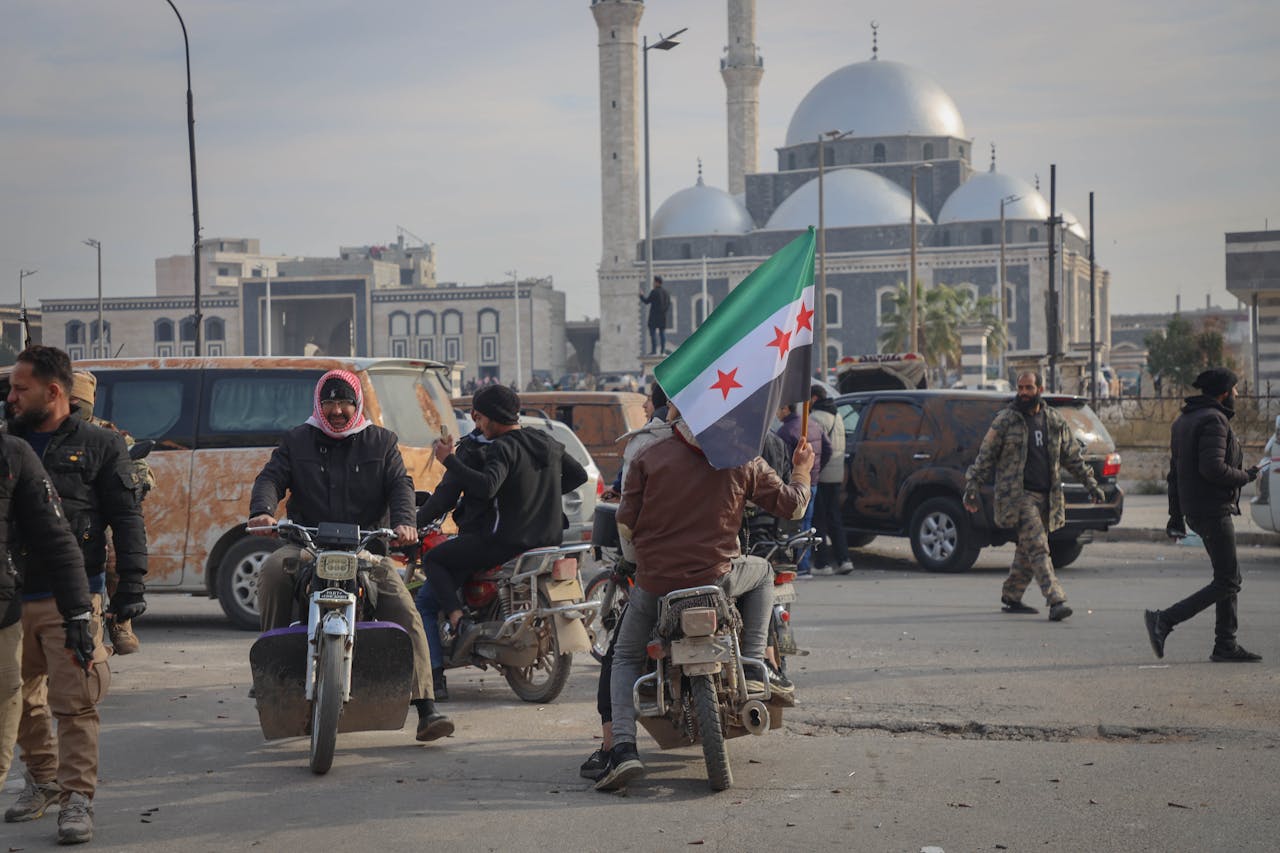
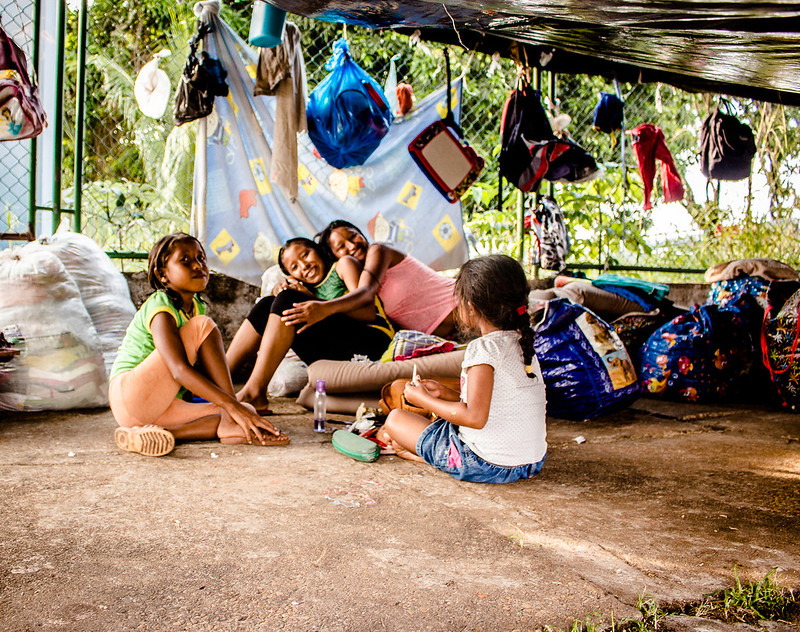

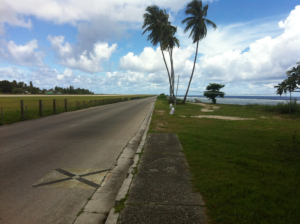
 The Balkan country of
The Balkan country of 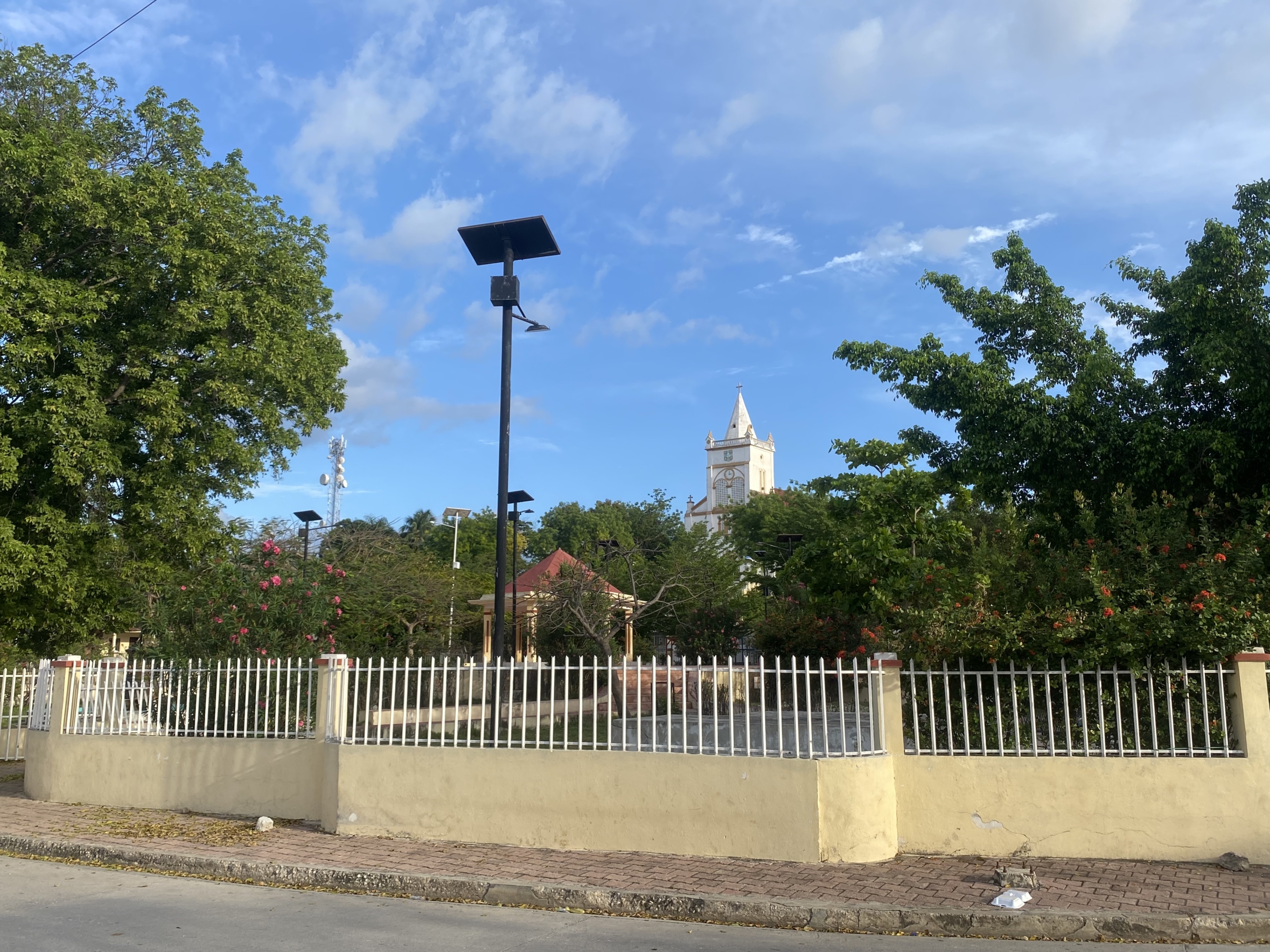
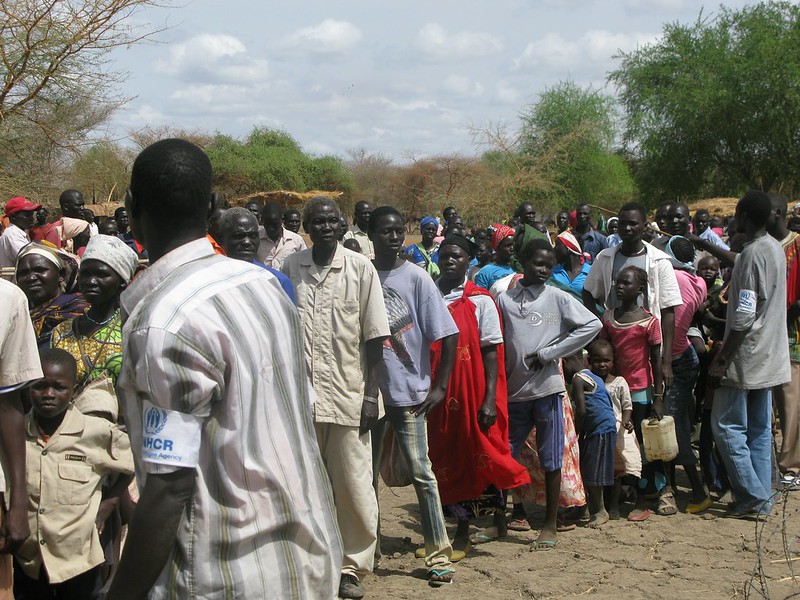 UNHCR has
UNHCR has 